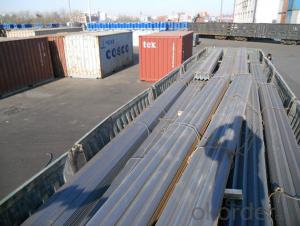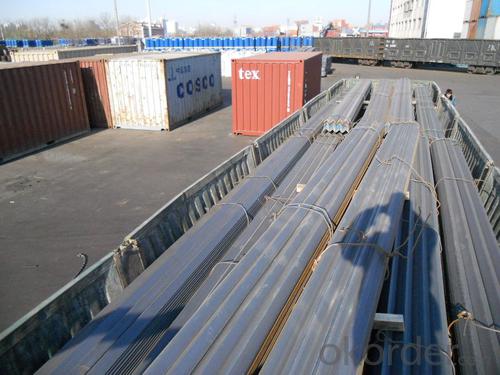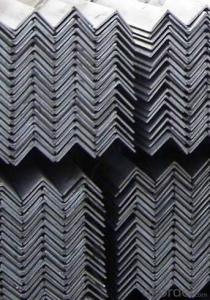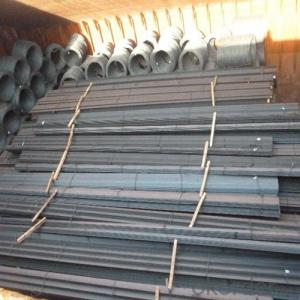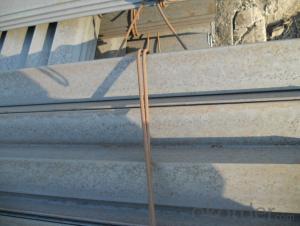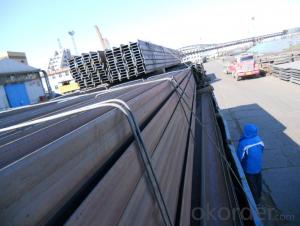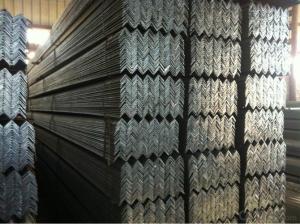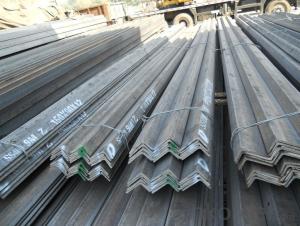Steel Angle Equal Angle with High Quality for Construction
- Loading Port:
- Tianjin
- Payment Terms:
- TT OR LC
- Min Order Qty:
- 25 m.t.
- Supply Capability:
- 20000 m.t./month
OKorder Service Pledge
OKorder Financial Service
You Might Also Like
Specification
Product Description:
OKorder is offering Steel Angle Equal Angle with High Quality for Construction at great prices with worldwide shipping. Our supplier is a world-class manufacturer of steel, with our products utilized the world over. OKorder annually supplies products to European, North American and Asian markets. We provide quotations within 24 hours of receiving an inquiry and guarantee competitive prices.
Product Applications:
Steel Angle Equal Angle with High Quality for Construction are ideal for structural applications and are widely used in the construction of buildings and bridges, and the manufacturing, petrochemical, and transportation industries.
Product Advantages:
OKorder's Steel Angle Equal Angle with High Quality for Construction are durable, strong, and resist corrosion.
Main Product Features:
· Premium quality
· Prompt delivery & seaworthy packing (30 days after receiving deposit)
· Corrosion resistance
· Can be recycled and reused
· Mill test certification
· Professional Service
· Competitive pricing
Packaging & Delivery of Steel Angle Equal Angle with High Quality for Construction:
Packaging Detail: products are packed in bundle and then shipped by container or bulk vessel, deformed bar is usually naked strapping delivery, when storing, please pay attention to moisture proof. The performance of rust will produce adverse effect.
Each bundle weight: 2-3MT, or as required
Payment term: TT or L/C
Delivery Detail: within 45 days after received advanced payment or LC.
Label: to be specified by customer, generally, each bundle has 1-2 labels
Trade terms: FOB, CFR, CIF
Images:
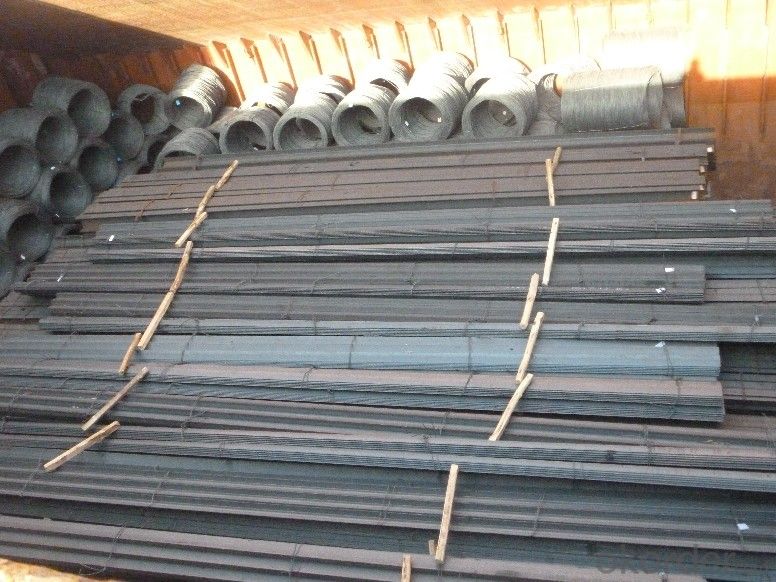
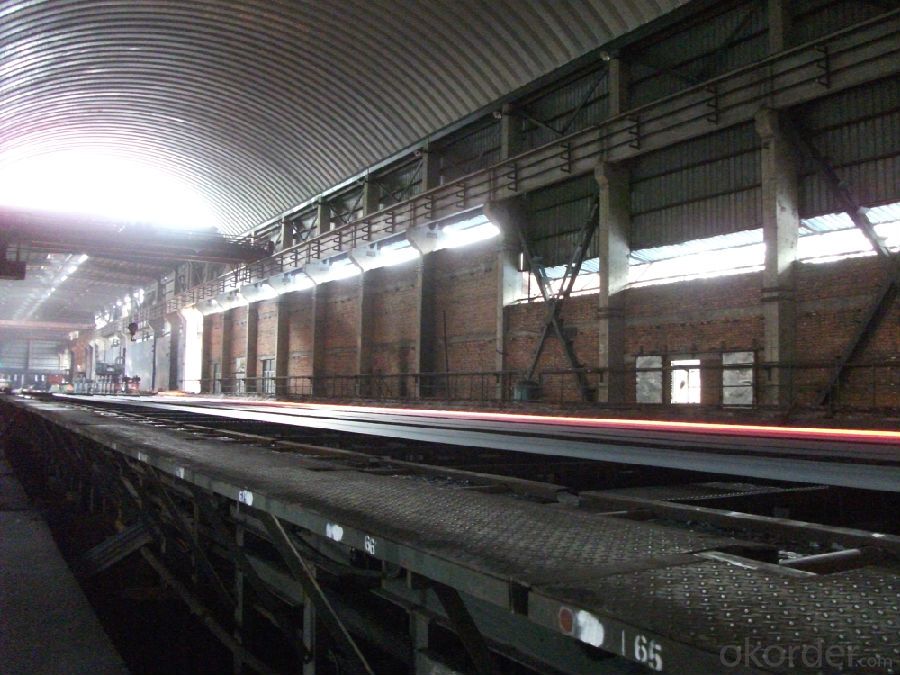
- Q: How do steel angles contribute to the overall torsional stiffness of a structure?
- Steel angles can contribute to the overall torsional stiffness of a structure in several ways. Firstly, steel angles have a high moment of inertia, which means they are resistant to bending. This resistance to bending helps to distribute and resist the torsional forces acting on the structure, reducing any twisting or warping that may occur. Secondly, steel angles can be strategically placed and connected in a structure to form bracing or reinforcement systems. These systems help to transfer and distribute torsional forces throughout the structure, preventing localized areas from experiencing excessive twisting or distortion. Furthermore, steel angles can be used to create rigid connections between different structural members, such as beams or columns. These connections enhance the overall stiffness of the structure by effectively transmitting torsional forces between the connected members, minimizing any relative movement or deformation. Moreover, steel angles can also be utilized as diagonal members in truss structures or frames. By introducing diagonals, the angles help to resist and distribute torsional forces, maintaining the overall stability and rigidity of the structure. Overall, steel angles play a crucial role in enhancing the torsional stiffness of a structure by providing resistance to bending, forming bracing or reinforcement systems, creating rigid connections, and acting as diagonal members. By effectively managing and distributing torsional forces, steel angles contribute to the overall stability, durability, and performance of the structure.
- Q: Can steel angles be used for foundation supports?
- Indeed, foundation supports can utilize steel angles. In construction endeavors, steel angles are frequently employed to furnish structural support and stability. Possessing the capacity to endure substantial burdens and offer longevity, steel angles prove themselves ideal for foundation supports. Furthermore, steel angles can be effortlessly linked to other structural elements, like beams or columns, to establish a steadfast foundation system. Moreover, steel angles can be tailored and manufactured to precise measurements and proportions, guaranteeing they conform to the unique prerequisites of the foundation design.
- Q: What is the typical corrosion rate of steel angles?
- The typical corrosion rate of steel angles can be influenced by various factors, such as environmental conditions, the type of steel utilized, and the presence of protective coatings. In general, steel angles are prone to corrosion due to their iron content. However, by properly maintaining them and applying protective measures, the corrosion rate can be significantly reduced. In mild atmospheres or indoor settings with low humidity and minimal exposure to corrosive substances, the corrosion rate of steel angles tends to be relatively low, typically ranging from 0.1 to 0.5 mils per year (1 mil equals 0.001 inches). This slow corrosion rate enables steel angles to maintain their structural integrity for a long time. On the other hand, in more aggressive environments like coastal areas with high salt levels in the air or industrial settings with chemical exposure, the corrosion rate can be considerably higher. In these scenarios, the corrosion rate of steel angles can range from 0.5 to 2 mils per year, or even higher. It is crucial in such environments to implement measures such as regular inspection, cleaning, and the application of protective coatings to mitigate the corrosion rate and extend the lifespan of the steel angles. It is important to note that these corrosion rates are estimated averages, and actual rates may vary depending on the specific conditions and factors mentioned earlier. Seeking advice from a corrosion engineer or utilizing corrosion rate data specific to the environment and steel type can provide a more accurate estimation of the typical corrosion rate for steel angles in a particular situation.
- Q: Can steel angles be used for manufacturing storage racks?
- Yes, steel angles can be used for manufacturing storage racks. Steel angles are versatile and strong, making them an ideal choice for constructing storage racks. They provide stability and structural integrity to the racks, ensuring that they are capable of supporting heavy loads. Additionally, steel angles can be easily welded or bolted together, allowing for the creation of custom-sized racks that can meet specific storage requirements. The durability of steel angles also ensures that the storage racks can withstand wear and tear over time. Therefore, steel angles are commonly used in the manufacturing of storage racks in various industries such as warehousing, retail, and logistics.
- Q: What are the different testing methods for steel angles?
- There are several testing methods for steel angles, including visual inspection, dimensional measurement, hardness testing, chemical analysis, and mechanical testing. Visual inspection involves examining the angles for any visual defects or irregularities. Dimensional measurement ensures that the angles meet the specified size and shape requirements. Hardness testing determines the hardness of the steel, which is an important factor in its strength and durability. Chemical analysis is performed to check the composition and purity of the steel, ensuring that it meets the required standards. Mechanical testing involves subjecting the steel angles to various loads and stresses to evaluate their mechanical properties such as strength and ductility.
- Q: How do steel angles perform in high-pressure applications?
- Steel angles are widely used in high-pressure applications due to their excellent performance under extreme conditions. The structural design and composition of steel angles provide them with exceptional strength and durability, making them capable of withstanding high pressure without deformation or failure. The unique shape of steel angles, with their L-shaped cross-section, enhances their load-bearing capacity and resistance to bending. This makes them ideal for applications where high-pressure forces are exerted, such as in the construction of pressure vessels, pipelines, and hydraulic systems. Steel angles are typically manufactured from high-strength carbon steel, which possesses inherent toughness and resilience. This material composition enables steel angles to maintain their structural integrity even when subjected to the intense forces associated with high-pressure environments. Furthermore, the versatility of steel angles allows for customization and adaptation to specific needs. They can be fabricated in different sizes, thicknesses, and lengths to accommodate varying pressure requirements. This flexibility ensures that steel angles can be tailored to specific applications, further enhancing their performance in high-pressure scenarios. In addition to their mechanical properties, steel angles also exhibit excellent corrosion resistance. This is crucial in high-pressure applications, as the presence of corrosive substances can deteriorate the structural integrity of components. The inherent corrosion resistance of steel angles prevents degradation over time, ensuring their long-term reliability and performance. Overall, steel angles are highly reliable and effective in high-pressure applications. Their exceptional strength, versatility, and corrosion resistance make them a preferred choice in industries where pressure containment is critical. By utilizing steel angles, operators can trust that their systems will perform reliably and safely under extreme pressure conditions.
- Q: How do you calculate the bending stress in a steel angle?
- In order to determine the bending stress in a steel angle, one must have a grasp of the fundamentals of bending moment and the moment of inertia of the angle. Firstly, the bending moment acting on the steel angle needs to be determined. This can be achieved by considering the applied load or force and its distance from the point of rotation. The bending moment is obtained by multiplying the applied load by the distance between the point of rotation and the line of action of the force. Next, the moment of inertia of the steel angle needs to be established. The moment of inertia measures an object's resistance to changes in its rotational motion and is dependent on its shape and size. For a steel angle, the moment of inertia can be calculated using the appropriate formula for its specific cross-sectional shape. Once the bending moment and moment of inertia have been determined, the bending stress can be calculated using the following formula: Bending Stress = (Bending Moment * Distance from Neutral Axis) / Moment of Inertia The bending stress denotes the internal resistance within the steel angle to the bending moment and is typically expressed in units of force per unit area, such as pounds per square inch (psi) or newtons per square meter (Pa). It is important to note that the calculation of bending stress assumes the steel angle behaves elastically, meaning it does not experience excessive deformation or permanent damage. If the applied bending moment exceeds the elastic limit of the steel angle, plastic deformation or failure may occur, necessitating the use of a different analysis method.
- Q: Can steel angles be used as reinforcement in concrete structures?
- Yes, steel angles can be used as reinforcement in concrete structures. Steel angles are often used as L-shaped or angle-shaped bars that are embedded within the concrete to provide additional strength and support to the structure. These angles help to resist tensile forces and prevent cracking or failure of the concrete. They are commonly used in applications such as beams, columns, and walls to enhance the structural integrity and load-bearing capacity of the concrete elements. Additionally, steel angles can be easily welded or bolted together, making them a versatile and cost-effective choice for reinforcement in concrete structures.
- Q: Can steel angles be used in marine or underwater applications?
- Yes, steel angles can be used in marine or underwater applications. Steel angles are often used in the construction of various marine structures, such as ships, offshore platforms, and underwater pipelines. The high strength and corrosion resistance of steel make it suitable for withstanding the harsh conditions of the marine environment, including exposure to saltwater and extreme temperatures. Additionally, steel angles can be easily welded or bolted together to form a strong and durable structure, making them an ideal choice for marine and underwater applications.
- Q: How do you handle and install steel angles on a construction site?
- To handle and install steel angles on a construction site, one must carefully plan and pay attention to detail. Here is a breakdown of the necessary steps: 1. Site preparation: Before handling steel angles, it is crucial to properly prepare the construction site. This involves clearing debris and obstructions, ensuring a stable and level surface, and taking necessary safety precautions. 2. Measurement and marking: Accurate measurements of the steel angles' dimensions and their placement on the site are essential. Use a measuring tape to determine length, width, and thickness, and mark their intended locations. This guarantees proper alignment and fit during installation. 3. Handling and transport: Steel angles can be heavy, so it is important to use appropriate lifting equipment like cranes, hoists, or forklifts. Ensure that the lifting equipment is rated correctly and operated by trained personnel to prevent accidents or damage to the steel angles. 4. Securing the angles: Once the steel angles are in place, use suitable fasteners such as bolts, screws, or welding to secure them. The choice of fasteners depends on the project's requirements and the load-bearing capacity of the steel angles. Follow manufacturer guidelines and industry standards for proper fastener selection and installation. 5. Alignment and leveling check: After securing the angles, use a level and measuring tools to check their alignment and levelness. This step ensures correct installation and the necessary structural support. 6. Inspection and reinforcement: Thoroughly inspect the installed steel angles to ensure they are free from defects or damages. If any issues are found, take appropriate action to reinforce or replace the angles, maintaining the site's structural integrity. 7. Ongoing maintenance: Regular maintenance is necessary to extend the lifespan of steel angles and prevent corrosion. Follow manufacturer recommendations and periodically inspect the angles to address any issues promptly. In conclusion, handling and installing steel angles on a construction site require careful planning, proper equipment, and adherence to safety guidelines. By following these steps, construction professionals can ensure successful installation, contributing to the overall strength and stability of the structure.
Send your message to us
Steel Angle Equal Angle with High Quality for Construction
- Loading Port:
- Tianjin
- Payment Terms:
- TT OR LC
- Min Order Qty:
- 25 m.t.
- Supply Capability:
- 20000 m.t./month
OKorder Service Pledge
OKorder Financial Service
Similar products
Hot products
Hot Searches
Related keywords
